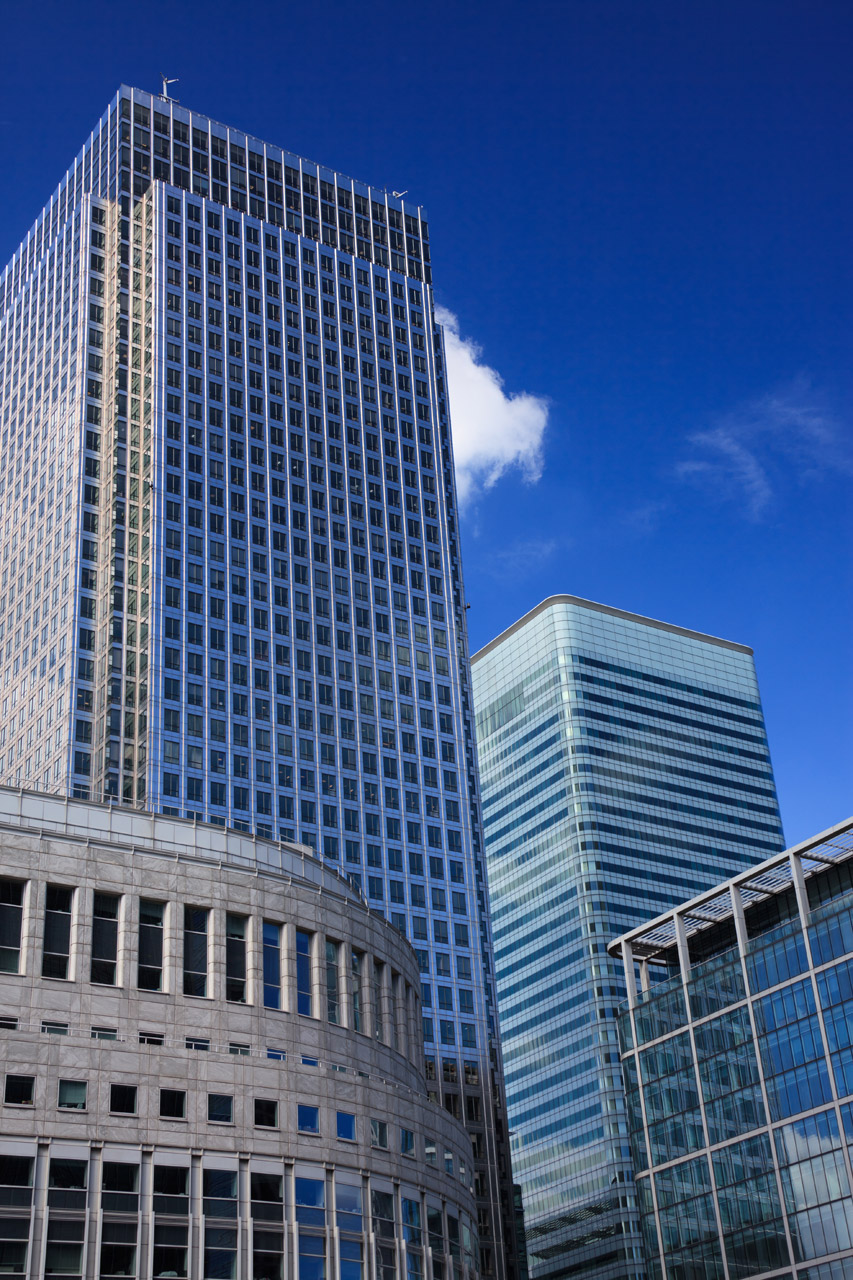COVID-19 Resources for Building Water Systems
The extensive COVID-19 “stay-at-home” orders across the country have resulted in many commercial buildings (offices, hotels, stadiums, medical facilities, etc.) with reduced or no water use. Stagnant water in these buildings can cause conditions that increase the risk for growth and spread of Legionella and other biofilm-associated  bacteria, lead to low or undetectable levels of disinfectant (such as chlorine or chloramine), and create unsafe levels of lead and copper. Because of these conditions there are special considerations for building water systems that continue to operate in low water flow environments as well as actions that will need to be considered when buildings reopen to ensure safe water. In addition to the CDC’s updated building water system guidance, several resources exist to help address these issues:
bacteria, lead to low or undetectable levels of disinfectant (such as chlorine or chloramine), and create unsafe levels of lead and copper. Because of these conditions there are special considerations for building water systems that continue to operate in low water flow environments as well as actions that will need to be considered when buildings reopen to ensure safe water. In addition to the CDC’s updated building water system guidance, several resources exist to help address these issues:
- The Purdue University Center for Plumbing Safety organized plumbing, water, and public health experts from across North America to complete a rapid response study that is freely available and focusses on reducing the risk of harmful water in low to no occupancy buildings, including actions that can be taken now.
- The Environmental Science, Policy & Research Institute (ESPRI) and AH Environmental Consultants, Inc. developed a roadmap for flushing contaminants from buildings and return the plumbing system water quality back to pre-stagnation conditions. Because each building is different, flushing will need to be tailored accordingly.
- Phigenics, a company that helps facility owners and managers develop and implement comprehensive water management programs, developed a webinar on “Building Water Management During the COVID-19 Crisis” that is free to view.
- State Resources:
- Ohio EPA released last month their Guidance for Premise Plumbing Water Service Restoration that “offers considerations for water service restoration to minimize risks associated with water quality degradation related to stagnant water.”
- Washington Department of Health recently released a COVID-19 Guidance for Legionella and Building Water System Closures. The guidance focuses on reducing “pathogen and corrosion concerns that occur when there is a large drop in building water use.”

